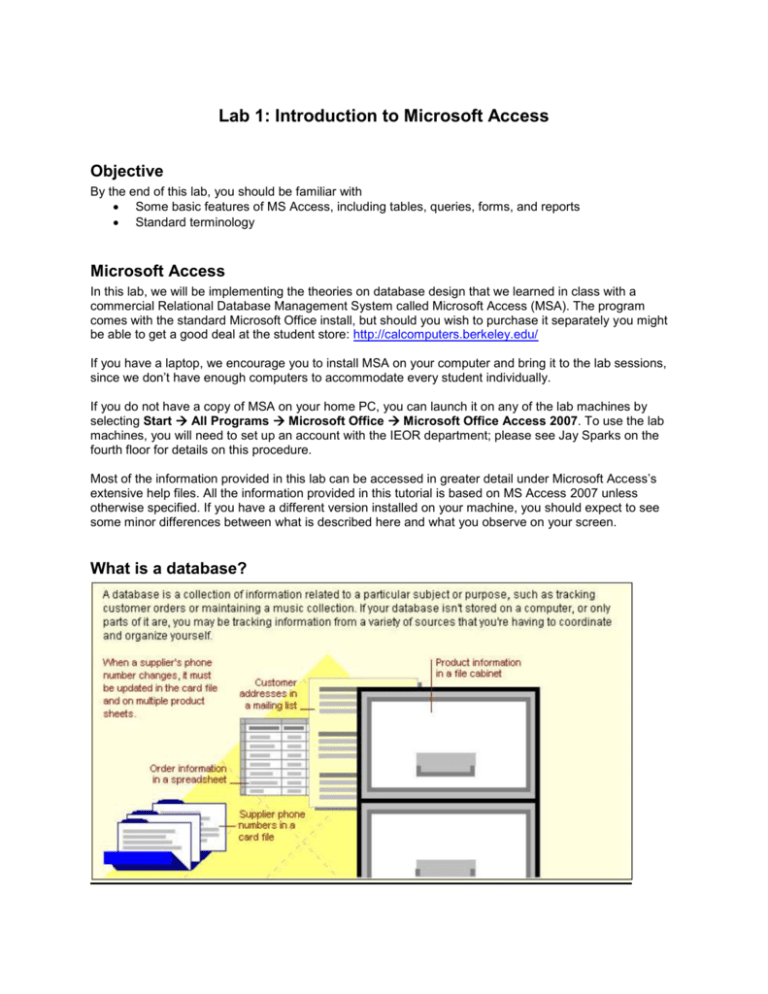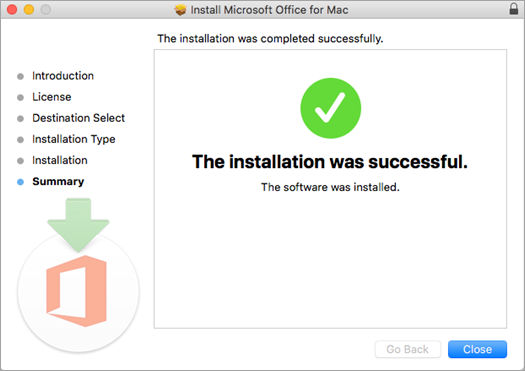- See Full List On Wizcase.com
- Install MS Access When The Office 365 Suite Is Already ...
- Installing Microsoft Access On Mac
Microsoft Access 2016: Install on a University computer
Microsoft Access is not installed on University computers by default. If you would like to use the Microsoft Access database program, please submit an Information Technology request.
Aug 24, 2017 The Access installation process is straightforward. Verify that your system meets the basic requirements for Access. You'll need at least a 500 MHz or faster processor with 256MB of RAM. You'll also need at least 3GB of free hard disk space. Search for 'Microsoft Access' in Google. Click on a link for a free Microsoft Access trial for the most recent version of the software. Click on the green download button in the top left of the site. Hit 'Continue to Download' in the next screen,which will take you to Microsoft's site. Click 'Try 1 Month Free' to download Office Professional on.
Once you have received notification that you have been added to the Access group, please use the following instructions to install and launch Microsoft Access (Access 2013 instructions are displayed because Office 2013 is available by default on all classroom and lab computers).
Install Access 2016
- Click the Windows [Start] button > Click 'Control Panel.'
- Click 'Programs and Features.'
- Select 'Microsoft Office Professional Plus 2016' from the list.
- Click [Change].
- Check the 'Add or Remove Features' box > Click [Continue].
- Click the 'Microsoft Office Access' drop-down box > Select 'Run all from My Computer.'
- Click [Continue] > and then [Close].
Launch Access 2016
- Click [Start] > 'All Programs.'
- Choose 'Microsoft Office' > 'Microsoft Office Access 2013.' Wait for the one-time configuration to complete.
Keywords: install, database, data base, field, table, soft ware, software, new, Micro soft, acess, acces, excess, office 2010, office 2013, office 2016
Help Page Feedback
Recently, we had one of our clients ask us how they could access a MS Access database outside their office. To do this, they wanted to make use of their Android tablet. Their initial idea was to use a remote desktop software to access their database. While this is a viable option, it’s not the most optimal solution.
Can MS Access run on Android/iOS/Mac/Linux?
The short answer: no.
The long answer: MS Access is a Windows software. The database server which Access relies on is a Windows technology. So neither component of Access can run in any other operating system. This includes Mac, Linux, iOS, and Android. (Parfait, Stackoverflow)
So what are some ways to use your MS Access database on Android?
Connect using remote desktop app
Microsoft Remote Desktop App lets you to connect to your computer outside the office. The app allows you to interact with your database as if you were sitting right in front of your computer.

But! There are two issues with this approach:
- Because of the way MS Access works and the file sizes, every time you open the database, it will take awhile to load and would use lots of cellular data. This makes this option very frustrating and almost unusable.
- The other issue is that MS Access is not mobile friendly. So you will have a hard time entering information and viewing records.
This method is a good temporary solution if you’re looking for a quick fix and can’t spend much time or money on it. It is not ideal for the long run though. Instead, read some of the alternatives below.
Use a database app for android
How can you access the database in an android application?
One way is to use a database utility app that let’s you view and edit your data tables.
The problem?
None of the forms or business logic from Access are accessible, so you’ll be viewing and editing raw data. If your database is quite simple it might do the trick but in most cases, it’s not good enough. Some examples include “Access Mobile Database Client” for iOS and “View MS Access DB” for Android.
I’ve never used these apps, so not sure how it saves the data or whether it changes the database format.
Run MS Access as web database using Sharepoint
One of the more attractive alternatives is using Office 365’s recent feature. You can now deploy MS Access databases through Sharepoint. You can access these as Sharepoint apps.
You can manage and track Access apps through a SharePoint site in a browser. This means your MS Access databases can hosted on the cloud and accessed through the web browser. Alternative, you can use the Sharepoint app. An added benefit, this method allows you to manage who has access to the app.
Some resources on how to get started with Office 365MS Access apps
If you have a team or have programming experience, then you might prefer to do all the ‘coding’ yourself. If that’s the case, the following are your options. The alternatives below are much more involved than the initial ones so keep that in mind when choosing a solution.
Convert Access database to an Android app
MS Access databases are not native to Android so we need to convert them before we can run our Access database content on Android. One option consists of syncing (or migrating) the data to a mobile friendly database such as SQLite. Once the data is in this format, Android apps can interact with it.
To access the information, you would need to develop an app that would communicate with the database and allow you to make edits. To sync back with your MS Access database, you would need a script to sync the data between this new database and your MS Access database.
Pros: Easy to use, Very responsive, Can Access Offline
Cons: Data is not in real time
Create a responsive web app
If you are starting from scratch and looking to access a database remotely then I would opt towards a web based solution rather than MS Access. Especially if you want to do it through a mobile device.
As long as the web app is mobile friendly your users will have a good experience. A web app also has the advantage of being accessible through different devices and platforms. All without having to rewrite the app for each platform.
But what if you already have a MS Access database?
To create a web app you need to split the MS Access database and move the data to a web database (e.g. MySQL, SQL Server). Otherwise, you could look at the sharepoint option above.
Once you have your web database set up, a web application will be able to connect to it. Users will be able to use their browsers to use the new web app.

The MS Access database ‘front-end’ which does not contain the data would connect to the same web server. You may need to make some changes to your forms to handle the new database format.
Pros: Real Time Data
See Full List On Wizcase.com
Cons: Need internet access
Install MS Access When The Office 365 Suite Is Already ...
Build a native android app connected to web server
The last approach is creating a native mobile app. Unlike the syncing method, this method connects to a centralized web database. This is how most of apps work for example Facebook and Instagram.
Not only you have to move the database to a web database, but also need to create a way (Web Service) for the android app to communicate with the data. Once that is set up, you need to build the rest of the app. In particular, the screens the users will use to view and edit the data.
Pros: Highly responsive, Easy to Use, Real Time Data
Cons: Need Internet Access
Other MS Access alternatives
What if you are not comfortable with programming? What are some alternatives to MS Access that run on mobile?
The last few years we’ve seen many options released.
App alternatives
One way to go is to download a database app. These apps are very customizable databases. You can use them to manage most types of data. They even have data synchronization across devices! Some examples include
Web based alternatives
Web based SaaS platforms have seen a huge spike the last 5 years. These ‘low-code’ solutions give you the same functionality MS Access does but on the web. Some examples include
What solution you pick it’s up to you. But, I understand it might be hard making sense of all these options. If you are struggling with which solution to select then you should ask yourself the following questions.
- Figure out your constraints. What kind of resources (expertise, time and money) are available to me?
- Do I have to conform to certain IT restrictions?
- What does my IT infrastructure look like right now? Is it flexible?
- How will my users access the data? What devices? How often?
- Do many users need to access the data at the same time? Is it critical for the data to always be up to date?
- How comfortable are your target users with technology? Are they slow learners? Do they tend to resist new initiatives?

Installing Microsoft Access On Mac
If you are still struggling to figure out the best approach then leave a comment below. I’ll try to reply with some feedback and suggestions.